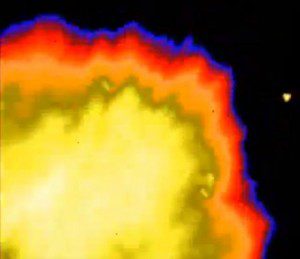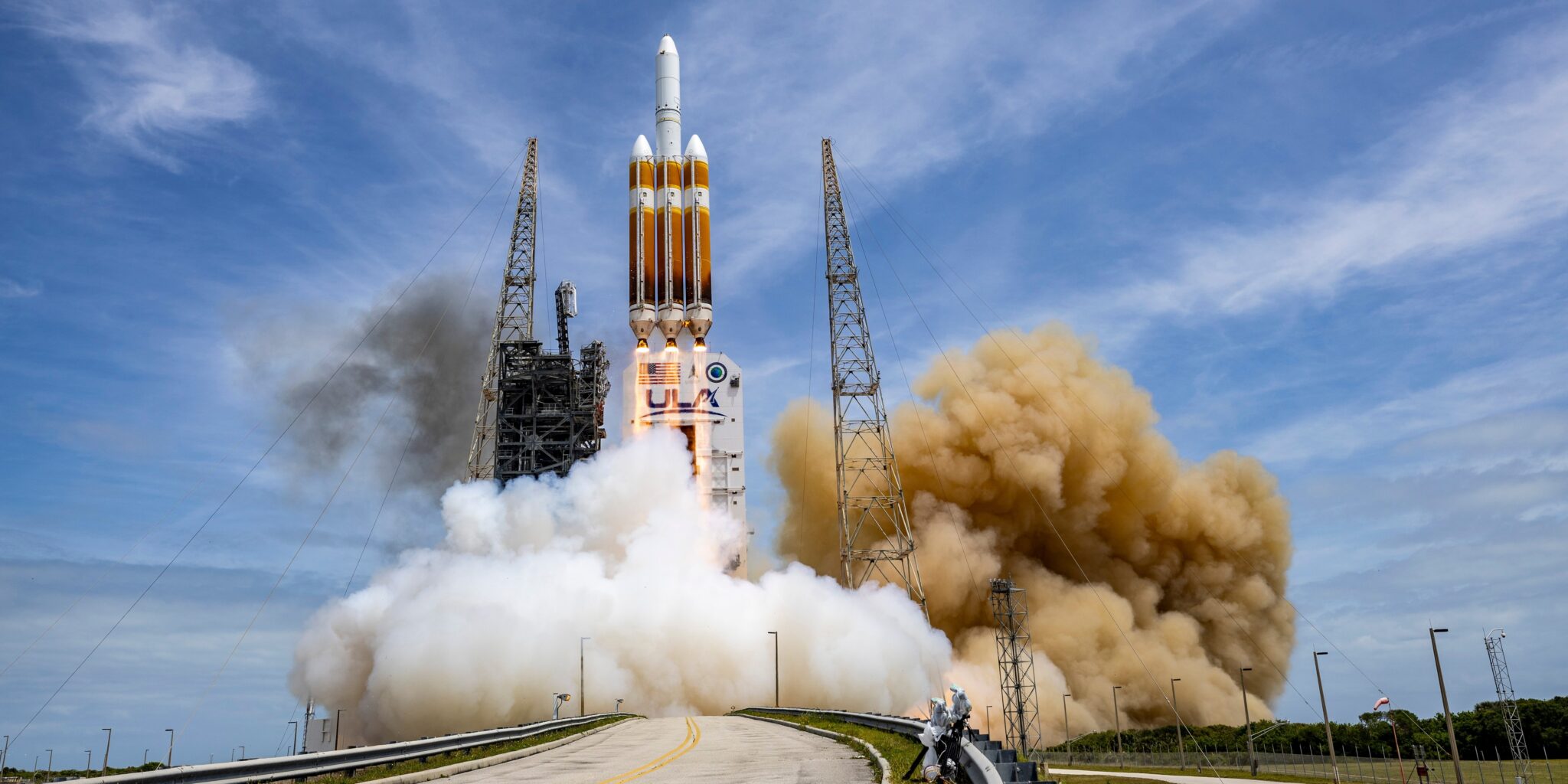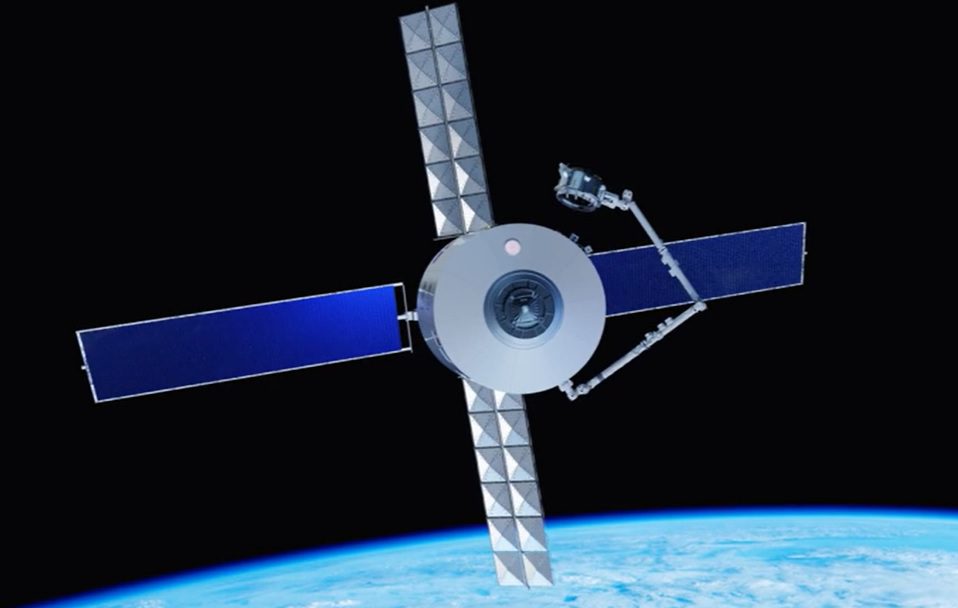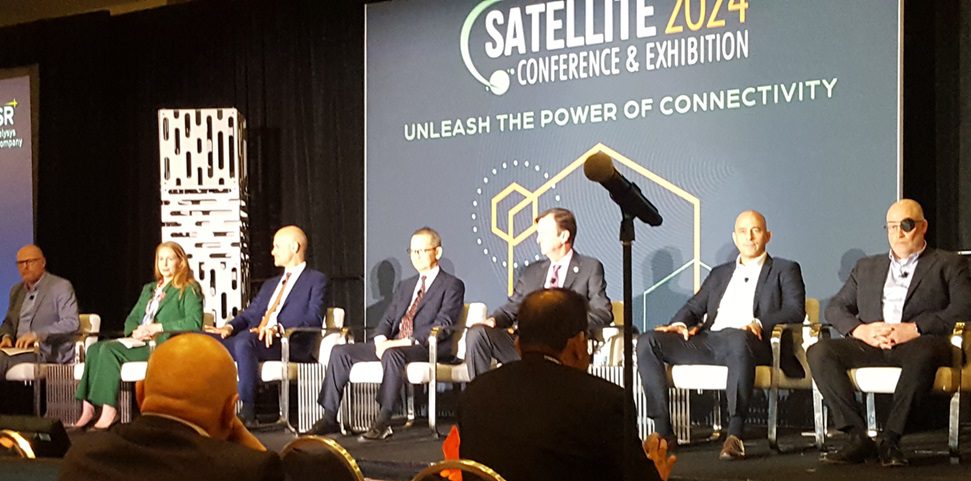A couple of years ago a UK/Irish bookmaker (Paddy Power) was offering odds on which US spacecraft would carry the next humans into space. Its wisdom is now becoming apparent. For instead of choosing commercial crew contractees, Boeing or SpaceX, with their respective CST-100 and Dragon capsules, it went instead for the official NASA SLS carried Orion capsule to be its favourite in the “race”. The reason this might actually now happen is that the new Trump administration is now pushing for the first SLS flight in late 2018 to carry a human crew, while the “official” commercial runners, Boeing and SpaceX have both admitted that their first flights will be delayed. The Boeing Starliner first crewed flight is currently pencilled in for December 2018 and thus is likely to be after any mooted manned Orion flight.
Nevertheless, at the time of writing, SpaceX was hoping to launch a crewed Dragon 2 (Crew Dragon) flight to the International Space Station in Q2 of 2018. However, SpaceX is well known for its over optimism about its schedule and such a flight may well be pushed into 2019. This, if it happens, this could make the NASA Orion craft the “winner”. As an aside, SpaceX has also announced an around the Moon crewed trip being planned by SpaceX for late 2018. The mission would be a private one carrying two paying astronaut space tourists, and would be contingent on the first manned flight flying first.
With respect to NASA’s crewed Orion possibility, the first flight of the Space Shuttle-derived SLS, called EM-1, was originally planned as an unmanned flight and would use the Delta IV derived Interim Cryogenic Propulsion Stage (ICPS) as part of the SLS Block 1. A fully crewed EM-2 flight was not to follow three years later using a more powerful Exploration Upper Stage (EUS) in the Block 1B variant. Under a directive from the White House, a new study by NASA is to examine the feasibility of making the EM-1 flight a crewed mission carrying two astronauts, one possibly involving a docking with the International Space Station (ISS), or, more likely, to use the originally planned free return trajectory around the Moon. If a manned flight was to take place, the ICPS would have to be man rated, possibly involving the fitment of micrometeoroid protection.
The plan has had some opposition on grounds of safety from some quarters including from the US Aerospace Safety Advisory Panel (ASAP). Sceptics of the plan point out that while high risk “first” missions have been undertaken by NASA before, sometimes for geopolitical and programme schedule reasons (e.g. the Apollo 8 mission in the race to reach the Moon) they question whether the risk-reward ratio is really good enough for such a mission. According to Seradata’s own figures maiden flights of rockets even using derivative hardware have very high failure rates of between 20 and 50 per cent.
Nevertheless, the administration is keen to get the SLS rocket’s utilisation up. There are concerns within both the Administration and in the US Congress that the very expensive SLS/Orion programme with its very low and slow to start flight rate was beginning to lose support, especially given that new more powerful rockets are now being proposed by the commercial sector which may usurp it if it does not get a move on.
Comment by David Todd: This is a brave move by NASA and one that we advocate but it needs some other changes to be made to the overall exploration plan make the risk worthwhile. As we have suggested before, all that NASA needs to make basic human exploratory missions on the surface of the Moon are two SLS Block 1 launch vehicles launched in relative quick succession, a lunar lander, and a docking procedure in Earth or Lunar orbit. The development of a lunar lander is thus still needed but it may even be at hand. For example, a modified version of the SpaceX Crew Dragon vertical landing system might just fit the bill. As it is, we have argued in this column that a stretching of the ICPS should be examined as well. It would yield a significant increase in TLI (Trans Lunar Injection) payload but would be much less expensive and time consuming than building the admittedly more powerful EUS which may soon become redundant if new commercial super-heavy lift rockets come to fruition. So while SLS may yet be just an interim rocket, we do have its Block 1 variant ready to go. So let us use it while we can!








